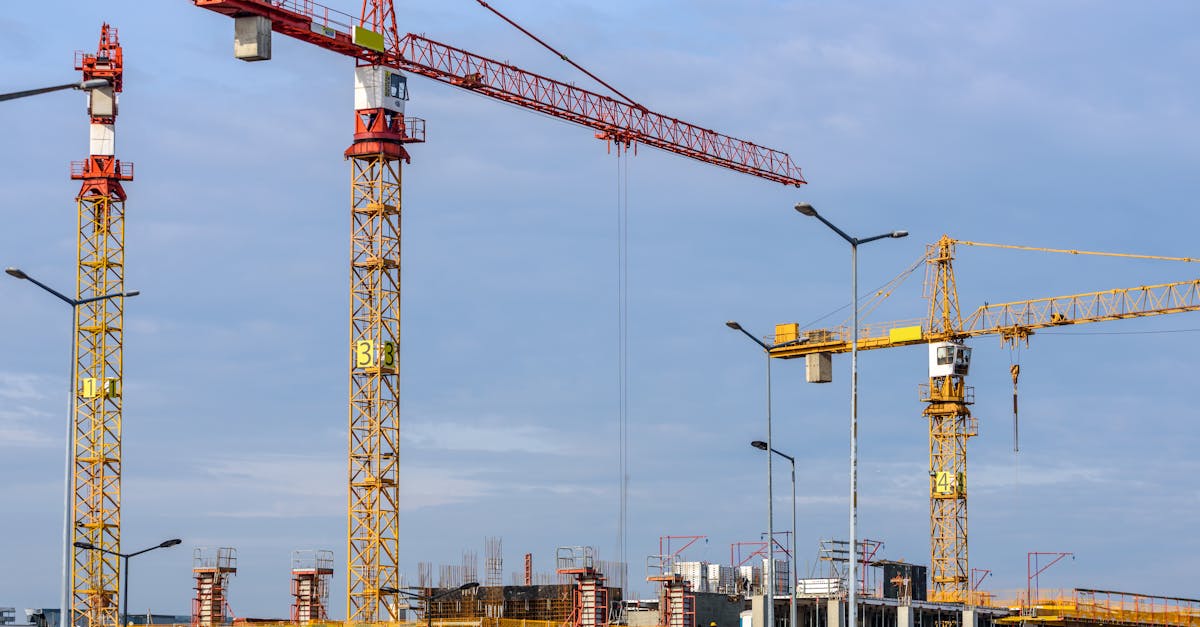How Location Impacts Real Estate Value
Introduction
Real estate value is a multifaceted subject shaped by various factors, with location playing a pivotal role. As an integral aspect, location is often part of the axiomatic phrase, "location, location, location," highlighting its significance. But why does location hold such sway in determining property value? The essence lies in how geographical context influences accessibility, lifestyle opportunities, and community appeal. Delving deeper, we find that it affects everything from property taxes to future appreciation prospects. In this article, we will unravel the various ways in which location impacts real estate value, equipping you with a comprehensive understanding of this crucial determinant.
Advertisement
Economic Influence
The foundational strength of an area's economy can significantly affect real estate value. Properties in economically vibrant regions tend to have higher valuations due to job availability, robust infrastructure, and increasing demand. Urban centers with diverse industries provide a stable employment landscape, attracting more buyers. Conversely, areas reliant on a single industry may face volatility, impacting property prices as economic shifts occur. Additionally, communities benefiting from favorable taxation policies, business incentives, and fiscal growth often see a corresponding rise in real estate value. Thus, understanding regional economic indicators is vital for predicting market trends and potential property investments.

Lukas/Pexels
Advertisement
Accessibility and Transportation
Proximity to transportation hubs and road networks fundamentally governs a property's value. Homes located near major highways, airports, and public transit systems often fetch higher prices due to ease of commuting. Urban dwellers prioritize neighborhoods offering short commutes and ample transport options, making them hotbeds for real estate activity. Furthermore, ongoing infrastructure developments and planned transportation projects can boost property demand, serving as a significant draw for investors. Thus, accessibility and the promise of future developments can make or break a location's desirability, directly impacting its real estate pricing.
Advertisement
Community and Amenities
The presence and quality of local amenities are crucial in enhancing a property's appeal. Locations with reputed schools, healthcare facilities, parks, and entertainment venues typically attract higher bids. Such amenities not only improve lifestyle quality but also promote community engagement, which is appealing to potential buyers. Neighborhoods equipped with modern conveniences, safety measures, and recreational spaces present long-term value propositions. Consequently, the difference in property valuation often manifests from the availability of these amenities, acting as catalysts for living standards and community vibrancy.
Advertisement
Demographics and Cultural Appeal
Regional demographics and cultural attributes further modulate real estate value, reflecting unique community dynamics. Areas with friendly, diverse populations can amplify a property's allure to prospective buyers. Moreover, locations steeped in cultural history or event-rich calendars harbor a broad appeal, drawing both residents and tourists. Diverse dining, shopping, and lifestyle options in multicultural neighborhoods offer buyers a rich tapestry of living experiences. Hence, these demographic and cultural nuances inject a distinct flavor to property value, aligning with varied buyer preferences.
Advertisement
Safety and Environmental Factors
Safety is a paramount consideration influencing real estate value. Areas with low crime rates invariably command higher property prices, reassuring potential homeowners of secure environments. Similarly, the environmental factors - from air quality to green spaces - play an intrinsic role in determining desirability. Properties in environmentally conscious regions or with scenic views often see elevated values due to their unique appeal and health benefits. This intrinsic link between lifestyle, safety, and environment underscores the nuanced relationship location harbors with real estate valuation.
Advertisement
Demand and Supply Dynamics
The fundamental principles of demand and supply pervade real estate markets, with location being no exception. High-demand areas with limited supply experience price hikes, as buyers vie for limited available properties. Conversely, locations with ample real estate options often see moderated prices. Demand spikes, driven by factors like improved job prospects, cultural shifts, or infrastructure upgrades, exacerbate competition, raising property values. Analyzing these dynamics allows for a clearer perspective on market fluctuations, providing insight into potential investment risks and rewards.
Advertisement
Future Prospects and Development
Anticipating future prospects of a location is crucial for assessing real estate value. Before selecting an area to purchase property, understanding planned developments like commercial centers, hospitals, or educational institutions can provide investment foresight. Regions poised for growth, marked by increasing population and planned infrastructure, typically present lucrative opportunities. Additionally, government policies aiming at urban revitalization or suburban expansion can indicate impending value appreciations. A forward-looking approach considering generational shifts, technological advancements, and sustainability trends is beneficial for making informed property decisions.
Advertisement
Influence of Market Cycles
Market cycles bear substantial influence on the location's effect on real estate value. During bullish phases, even less desirable locations may experience appreciation due to market optimism. Conversely, downturns impact property values more swiftly, with location proving to be a stabilizing factor. Understanding cyclical patterns helps predict short-term fluctuations and long-term value stability. The perception of an area's resilience or vulnerability during economic changes can either deter or attract investors, framing location as a critical determinant in market cycle assessments.
Advertisement
Conclusion
In conclusion, location holds unparalleled sway in determining real estate value, rooted in factors like economy, amenities, and future growth potential. A property’s desirability and pricing hinge on accessibility, transportation, and community appeal, making location a cornerstone of market assessments. By understanding regional dynamics and future prospects, buyers can make informed decisions about property investments. The dynamic interplay of demographics, cultural allure, and environmental aspects further refines real estate valuation. Ultimately, keeping a finger on the pulse of location trends is essential for any astute real estate investor.
Advertisement








